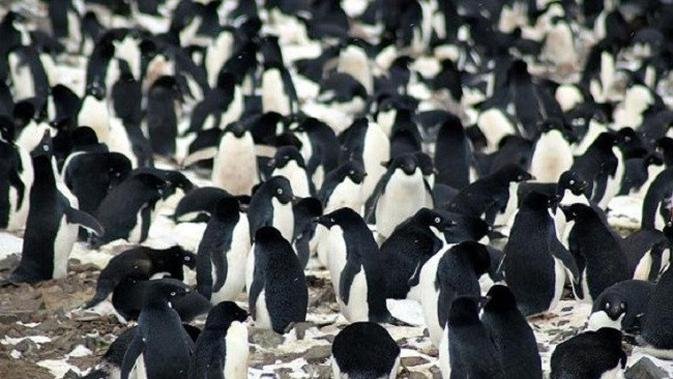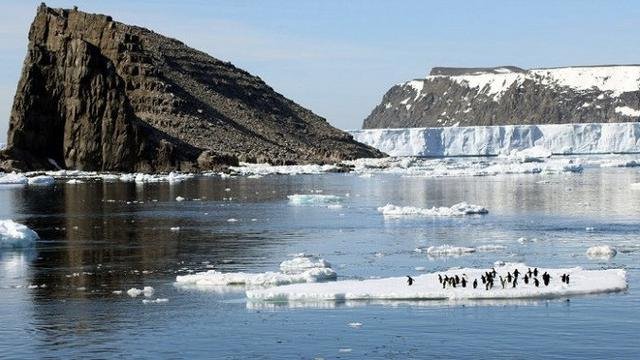Scientists were surprised by the appearance of Adelie's penguin colony never before known. Their existence is hidden in a remote island called Danger Islands, east Antarctica.
There are more than 750,000 pairs of penguins living on the island or around 1.5 million birds. The number is even said by scientists larger than the combined Antarctic Peninsula, as reported by Science Alert, quoted on Saturday

These findings at the same time give hope to the scientists that penguins can still survive in the middle of a tense global warming. Until now, there are still concerns about the drastic decline of the number of penguin-penguin species, which are caused by climate change.

Another thing that astonished scientists, no one thought was that a series of rocky islands located on the northwestern tip of the Antarctic Peninsula are home to millions of Adelie penguins.
"Until now, no one knows that Danger Islands are an important habitat for these penguins," said Heather Lynch, an ecologist at Stony Brook University who is one of the senior authors in the study.
Danger Islands is very remote and surrounded by thick ice. That is, the existence of adorable animals that remain hidden from the outside world and protected from the effects of climate change, including human activities.
 ]
]
Earlier in 2014, researchers saw something interesting through NASA satellite imagery, about the Danger Islands. Found guano or penguin impurities that imprint at some point on the island. That is, there are signs of animal activity.
To find out what happened, the research team conducted an expedition in 2015. They were curious and wanted to see with their own eyes, when found penguins in the Danger Islands.
When they arrived, they were shocked to find hundreds of thousands of penguins. Based on the calculations using unmanned drone surveys or drones, the total penguin is 751,527 pairs.
Michael Polito, one of the researchers from Louisiana State University, said he was amazed by the number of penguins he saw.
"The water around the island is flooded with penguins," Polito said.
"Not only Danger Islands have the largest population of Adellie penguins, for the Antarctic Peninsula region, but also along the western side of the Antarctic Peninsula, although climate change is rampant," he added.
These findings could help scientists to find out the main cause of declining penguin populations, in addition to breeding the birds.
"Adelie's population on the eastern side of the Antarctic Peninsula is different from what we see on the west side, for example," says one author Stephanie Jenouvrier of the Woods Hole Oceanographic Institution.
"We want to know the reason: Is it related to the abundant sea water there? Or the availability of food sources?" he continued.